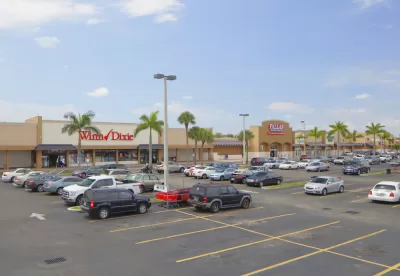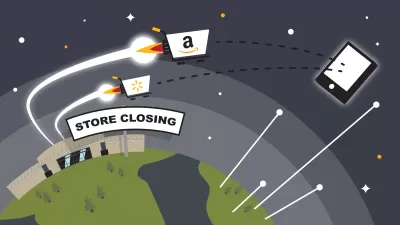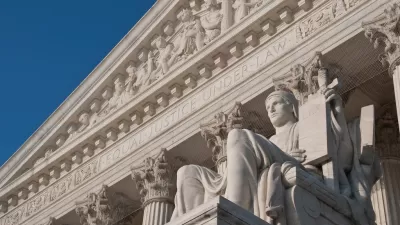Two major grocery store companies announced bankruptcy this week, sparking fears that the "retail apocalypse" has expanded to food retailers.

Caitlin Dewey reports: "Less than a year after Amazon bought Whole Foods, shaking food retailers to their core, the so-called 'grocery wars' have racked up their first two casualties: Tops Markets and Southeastern Grocers."
"Tops, a 56-year-old chain with 169 stores in New York, Pennsylvania and Vermont, filed for bankruptcy late last month following years of mounting debt," according to Dewey. "Southeastern, which owns more than 600 Winn-Dixie, Harvey’s and BI-LO stores across seven states in the Southeast, announced a refinancing agreement on March 15 and says it will file for bankruptcy by April."
Dewey describes the state of the grocery industry as one of disruption, as competition from companies like Dollar General and Amazon pinch older companies. Another angle to the Tops Markets and Southeastern Grocers story is the amount of debt the two companies are carrying as a result of management by private equity firms—a challenge the grocers have in common with many of the other retailers that have been struck by bankruptcy in recent years.
FULL STORY: The Amazon-Whole Foods era of grocery just claimed its first victims

Maui's Vacation Rental Debate Turns Ugly
Verbal attacks, misinformation campaigns and fistfights plague a high-stakes debate to convert thousands of vacation rentals into long-term housing.

Planetizen Federal Action Tracker
A weekly monitor of how Trump’s orders and actions are impacting planners and planning in America.

San Francisco Suspends Traffic Calming Amidst Record Deaths
Citing “a challenging fiscal landscape,” the city will cease the program on the heels of 42 traffic deaths, including 24 pedestrians.

Half of Post-Fire Altadena Home Sales Were to Corporations
Large investors are quietly buying up dozens of properties in Altadena, California, where a devastating wildfire destroyed more than 6,000 homes in January.

Opinion: What San Francisco’s Proposed ‘Family Zoning’ Could Really Mean
Mayor Lurie is using ‘family zoning’ to encourage denser development and upzoning — but could the concept actually foster community and more human-scale public spaces?

Jacksonville Launches First Autonomous Transit Shuttle in US
A fleet of 14 fully autonomous vehicles will serve a 3.5-mile downtown Jacksonville route with 12 stops.
Urban Design for Planners 1: Software Tools
This six-course series explores essential urban design concepts using open source software and equips planners with the tools they need to participate fully in the urban design process.
Planning for Universal Design
Learn the tools for implementing Universal Design in planning regulations.
Gallatin County Department of Planning & Community Development
Heyer Gruel & Associates PA
JM Goldson LLC
City of Camden Redevelopment Agency
City of Astoria
Transportation Research & Education Center (TREC) at Portland State University
Jefferson Parish Government
Camden Redevelopment Agency
City of Claremont





























